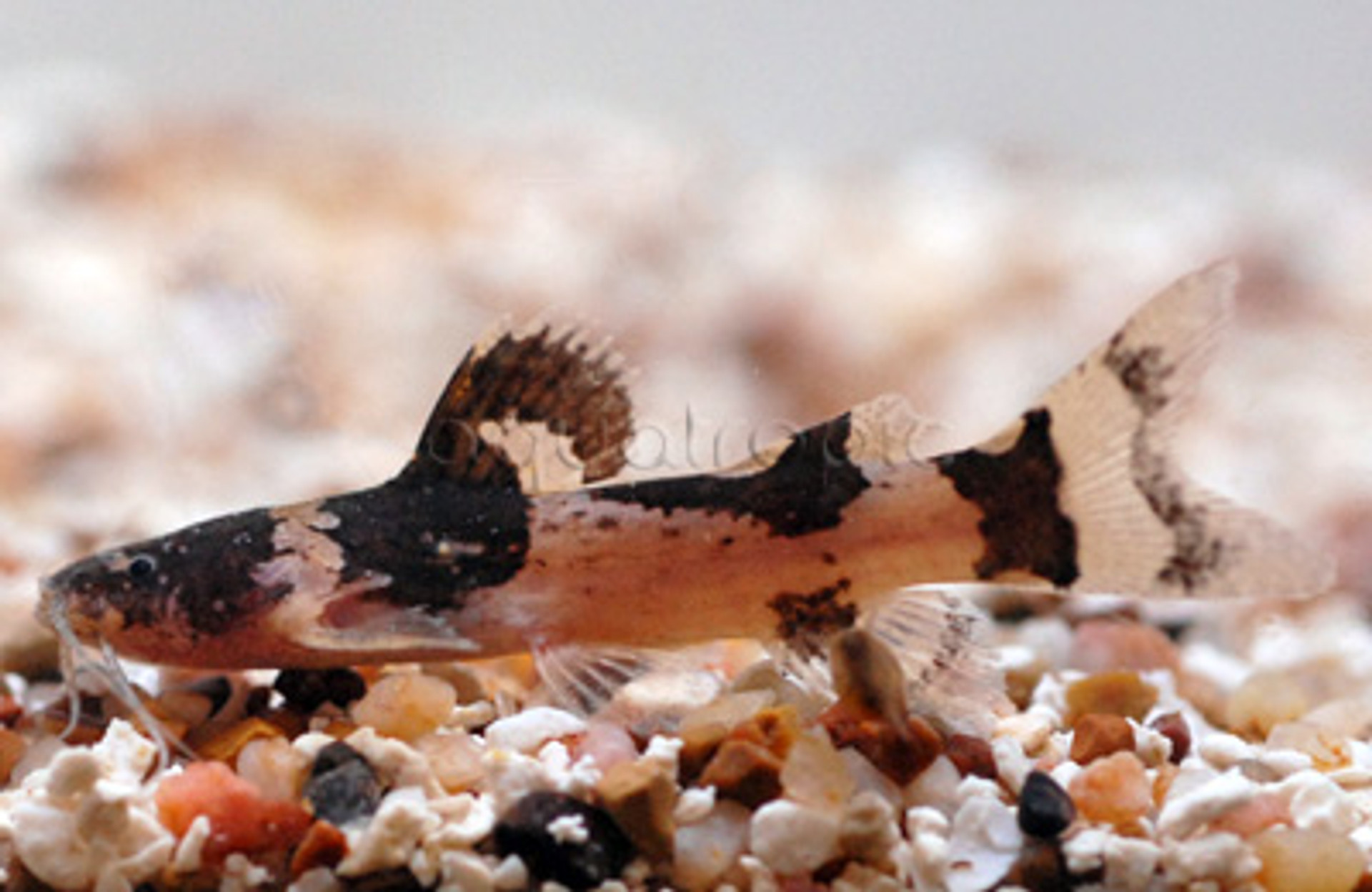Bumblebee Catfish (Microglanis iheringi)

You might say that the sole purpose of an aquarium is to be able to look at fish… so why would anyone want a fish that is virtually invisible? The Bumblebee Catfish (Microglanis iheringi) is a secretive species which falls firmly in this category. Once introduced into an aquarium, its modus operandi is to hide. Provided with adequate amounts of driftwood, rocks or similar decorations, it becomes entirely possible that this fish will disappear for days, weeks, and even months at a time.
Admittedly, this is not the right fish for everyone, but there is a certain charm to its reclusive ways. Microglanis is the J.D. Salinger of aquarium fishes, but, for some, this makes it all the more intriguing and desirable. While most fish will come up to greet an aquarist in the hope that food will soon descend from the sky, Microglanis is content to stay in its solitude, leaving its abode only when some tasty morsel happens to fall especially nearby.
Confusion reigns among the Bumblebee Catfishes, as there are no less than three distinct species which share this common name. It’s important to recognize which is which, as their care is considerably different. Fully grown, Microglanis reaches less than three inches in length, making it suitable for nearly any aquarium. On the other hand, there’s Pseudomystus siamensis, the ASIAN Bumblebee Catfish, which grows to twice this size and will gladly consume smaller tankmates. And, even more dangerous, there are the Giant Bumblebee Catfishes of the genus Pseudopimelodus, which reach nearly ten inches in length and can consume prey as large as themselves. Caveat emptor.
Aside from their need for a suitable hidey hole, Microglanis is remarkably undemanding in its care. Just about any food will be greedily devoured, but it becomes incumbent upon you, the aquarist, to make sure enough reaches its eager mouth. If every last morsel it quickly gobbled up by more competitive tankmates, poor Microglanis will go hungry. A good strategy to overcome this is to feed the tank a few hours after the lights have been turned off, as this is when your catfish will be at its most active. Another strategy employed is to stock livebearing fishes, whose fry will become a natural food source.
Microglanis can be kept in groups without causing any issues, and it is not unheard of them to successfully produce fry in captivity. Anecdotal reports suggest that temperature fluctuations might help to induce spawning, but once the eggs hatch there is no particular challenge to raising the young, which will learn to accept whatever foods are thrown their way. Baby Bumblebee Catfishes are no doubt adorable, but good luck seeing them.